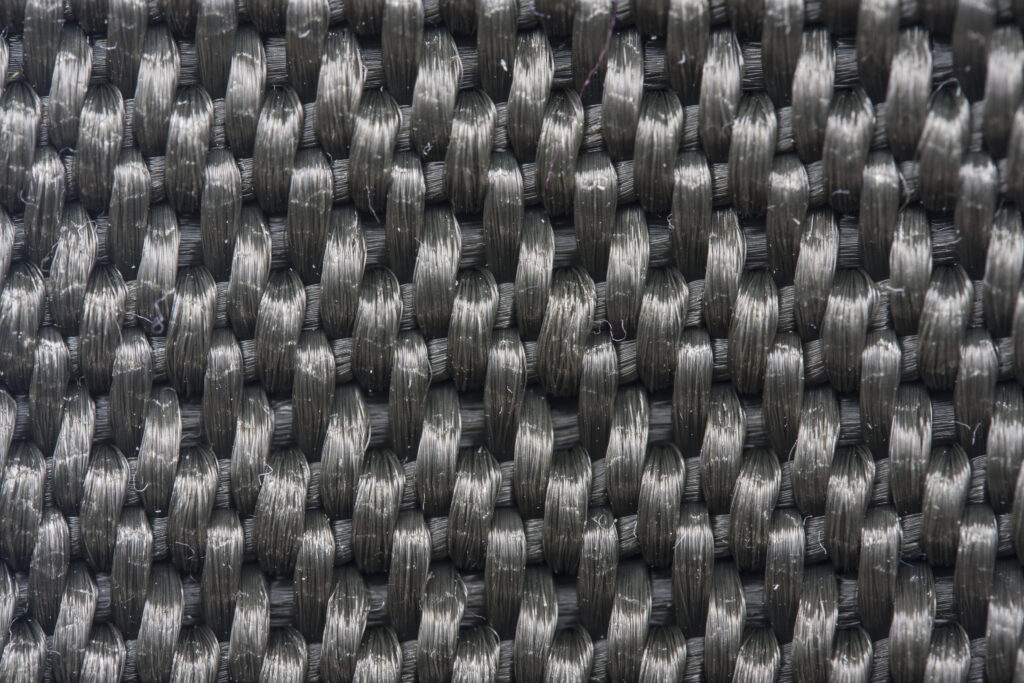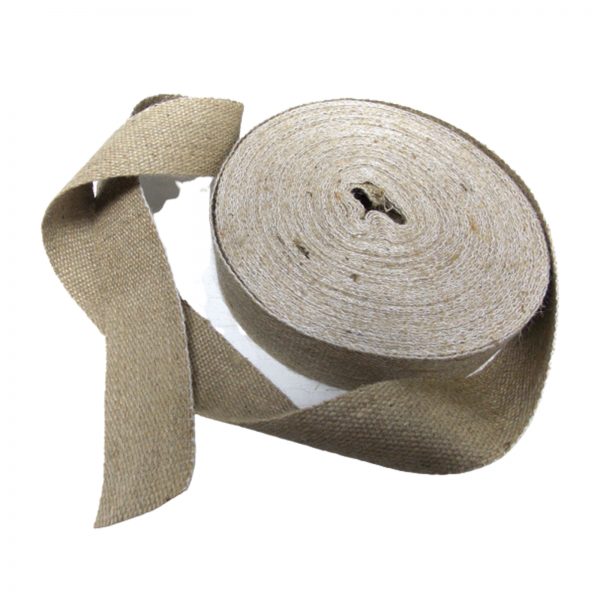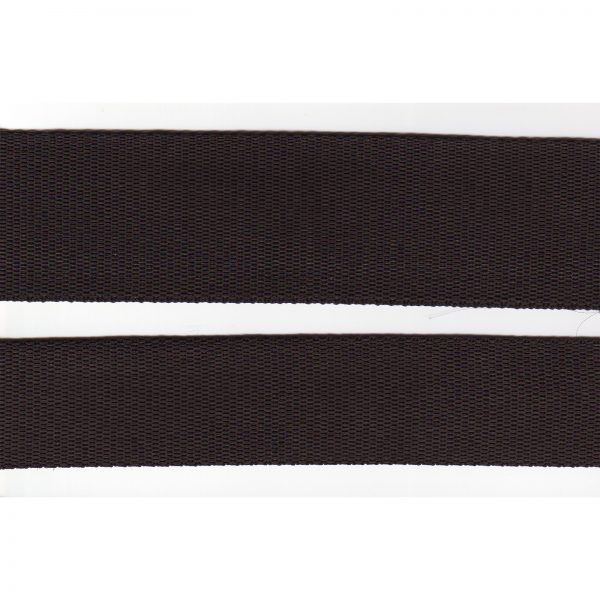Don't miss your chance to save money on staple guns, tools, compressors and many more with our current Special Offers
Traditional vs. Modern Webbing: Everything You Need To Know
March 5, 2025
Upholstery webbing is the foundation of furniture support, providing structure and comfort to chairs, sofas, and other seating. Whether you’re restoring an antique piece or working on a modern sofa, choosing the right type of webbing is crucial for durability, support, and overall functionality.
Over time, upholstery techniques have evolved, bringing new materials and innovations. While Traditional Webbing has been used for centuries and remains a favorite for restorers, modern webbing offers convenience, flexibility, and increased durability. Understanding the differences between the two will help you choose the best webbing for your upholstery project.
In this blog by Upholstery Warehouse we’ll compare Traditional and Modern Upholstery Webbing, exploring their pros, cons, and best uses so you can make an informed decision.

What is Upholstery Webbing?
Webbing consists of woven fabric strips that form the base layer of upholstered seating. It provides essential support for cushions, preventing sagging and ensuring that furniture retains its shape and comfort over time.
Without proper webbing, furniture would lack structure, feel uncomfortable, and wear out quickly. The choice between traditional and modern webbing largely depends on the type of furniture, its expected use, and personal preference.
Traditional Upholstery Webbing
Types of Traditional Webbing
Traditional webbing is typically made from natural fibers like jute, hemp, or cotton and is known for its firm support and longevity. The most common types include:
- Jute Webbing – A strong, natural fiber webbing that has been used for centuries in traditional upholstery.
- Hemp Webbing – Similar to jute but more durable and moisture-resistant.
- Cotton Webbing – A softer, more flexible webbing option, often used for lighter upholstery.
Pros of Traditional Webbing
- Strong and Durable: Natural fibers like jute and hemp provide firm support, ensuring furniture lasts for decades.
- Breathable and Eco-Friendly: Traditional webbing is made from biodegradable, renewable materials, making it a sustainable choice.
- Authentic Appearance: Essential for restoring antique furniture, maintaining its original look and feel.
- Firm Seat Support: Offers excellent tension and resilience, keeping cushions from sagging over time.
Cons of Traditional Webbing
- Prone to Stretching Over Time: Natural fiber webbing, especially jute, can stretch and loosen with heavy use.
- Moisture Sensitivity: Jute and hemp can absorb moisture, making them susceptible to mold and mildew in damp environments.
- Requires Skilled Installation: Traditional webbing is often secured with tacks or webbing stretchers, which may require more effort and experience.
Best Uses for Traditional Webbing
- Antique and vintage furniture restoration
- Classic-style chairs and sofas
- Eco-conscious upholstery projects
- High-end furniture with firm support needs

Modern Upholstery Webbing
Types of Modern Webbing
Modern webbing is typically made from synthetic materials like rubber, nylon, or polypropylene, offering increased flexibility and resistance to wear.
Common types include:
- Pirelli Webbing – A rubberized webbing reinforced with nylon or polyester, providing strong, elastic support.
- Polypropylene Webbing – A durable, waterproof, and lightweight webbing ideal for outdoor and contemporary furniture.
- Elastic Webbing – Made from synthetic elastic fibers, offering a softer, more flexible seating experience.
Pros of Modern Webbing
- Highly Elastic and Resilient: Pirelli and elastic webbing adjust to body weight, preventing discomfort from overly firm seats.
- Long-Lasting and Low-Maintenance: Synthetic materials are resistant to moisture, mold, and stretching, making them ideal for high-traffic seating.
- Easier to Install: Modern webbing is often stapled rather than tacked, allowing for quicker installation with minimal tools.
- Lightweight Yet Strong: Ideal for modern furniture designs that require flexible yet sturdy support.
Cons of Modern Webbing
- Less Traditional Look: Modern webbing may not suit classic or antique furniture, as it lacks the authentic vintage appeal.
- Can Be Too Soft for Some Furniture: Elastic webbing provides a softer seating experience, which may not be ideal for firm support needs.
- Higher Cost for Premium Materials: High-quality Pirelli webbing and reinforced synthetics can be more expensive than traditional options.
Best Uses for Modern Webbing
- Mid-century and contemporary furniture
- Sofas and lounge chairs requiring elastic support
- Outdoor and waterproof seating applications
- Quick and easy DIY upholstery projects

Traditional vs. Modern Webbing: Which One Should You Choose?
The decision between traditional and modern upholstery webbing depends on several factors:
| Feature | Traditional Webbing | Modern Webbing |
|---|---|---|
| Material | Natural fibers (jute, hemp, cotton) | Synthetic fibers (rubber, nylon, polypropylene) |
| Durability | Strong but may stretch over time | Highly durable, retains elasticity |
| Installation | Requires webbing stretchers & tacks | Quick to install with staples |
| Comfort | Firm support | Flexible & adaptive support |
| Moisture Resistance | Absorbs moisture, may mold | Water-resistant and ideal for humid areas |
| Best For | Traditional & antique furniture | Modern & contemporary furniture |
If you’re working on antique restoration or a high-end traditional piece, jute or hemp webbing is the best option for authenticity and long-lasting support. However, if you need quick, flexible, and resilient support for modern seating, Pirelli webbing or elastic webbing is the superior choice.
Final Thoughts: Invest in the Best Upholstery Webbing for Your Project
Whether you prefer the authentic, firm support of traditional jute webbing or the flexibility and resilience of modern elastic webbing, choosing the right upholstery webbing makes all the difference in your furniture’s comfort and longevity.
At JA Milton Upholstery, we provide high-quality traditional and modern webbing to suit all upholstery needs. From jute webbing for antique chairs to Pirelli webbing for modern sofas, we have everything you need to build, repair, or restore furniture with professional results.
Explore our full range of upholstery webbing at Upholstery warehouse and get the perfect support for your furniture today.
SHARE
Newsletter Signup
Join our monthly Club newsletter for special offers and handy tips for your next upholstery project.



